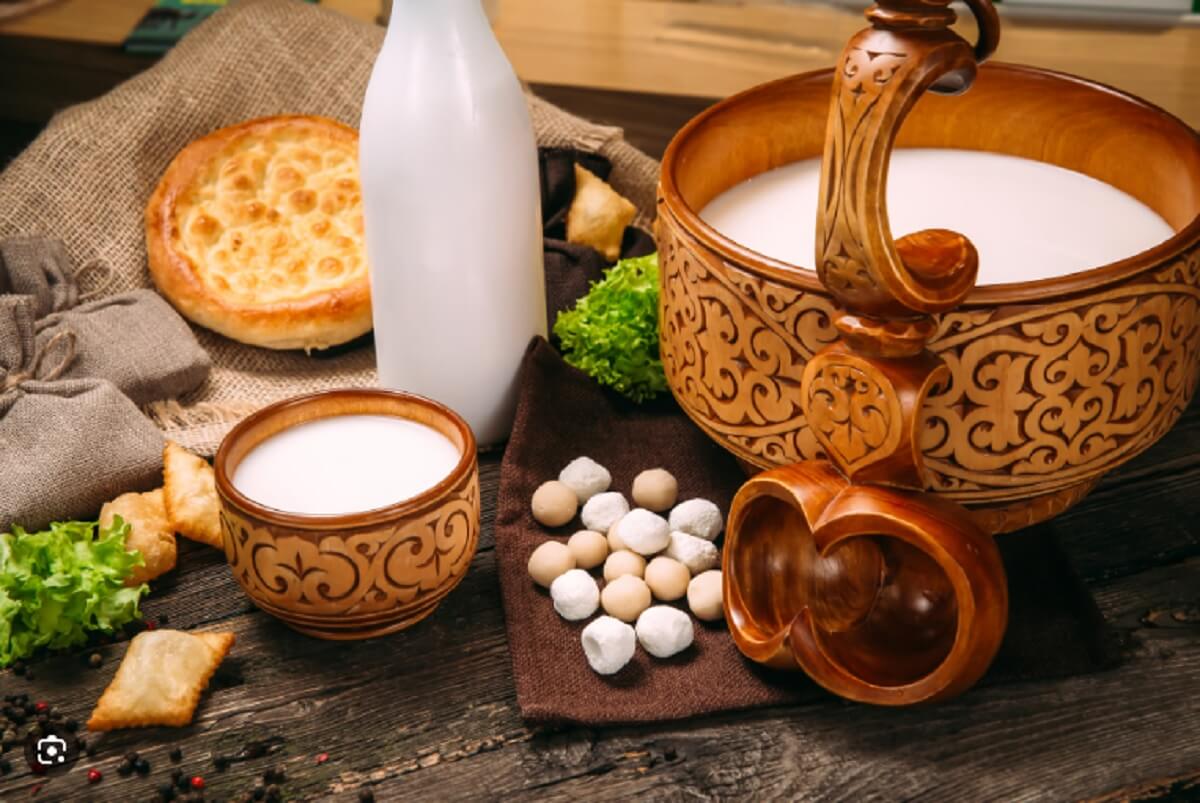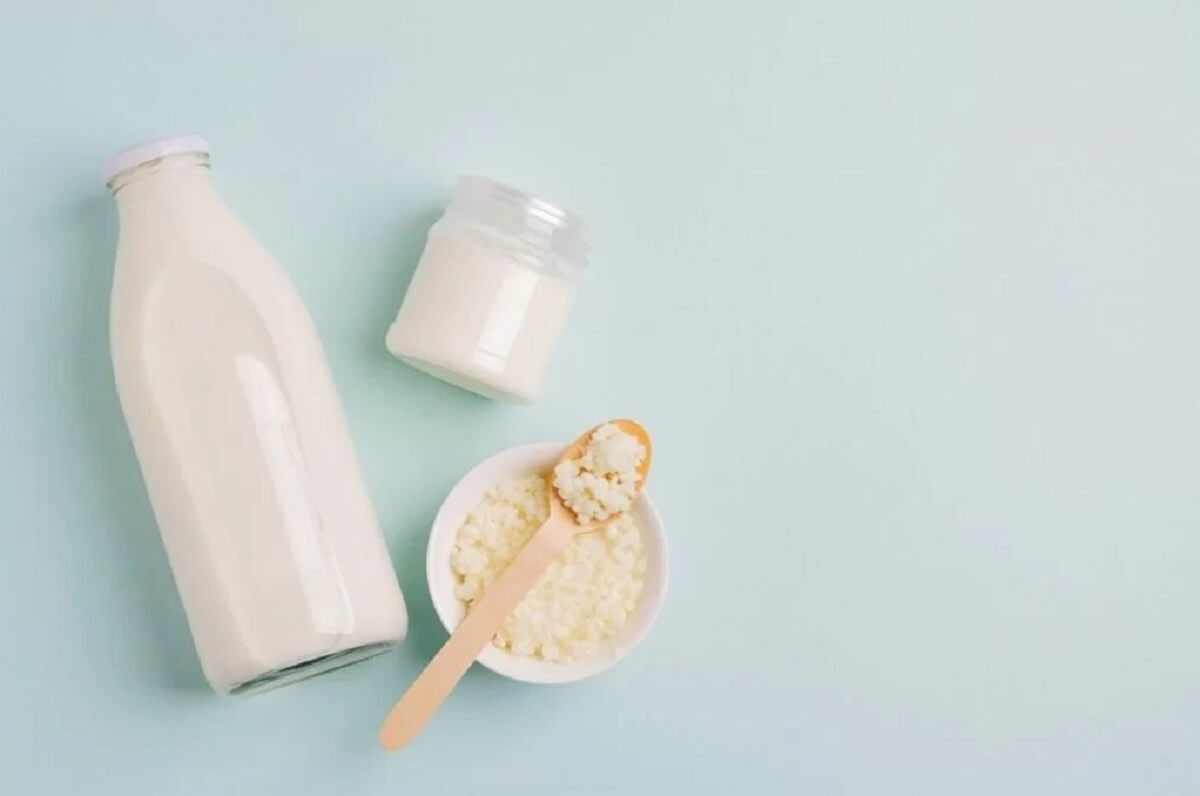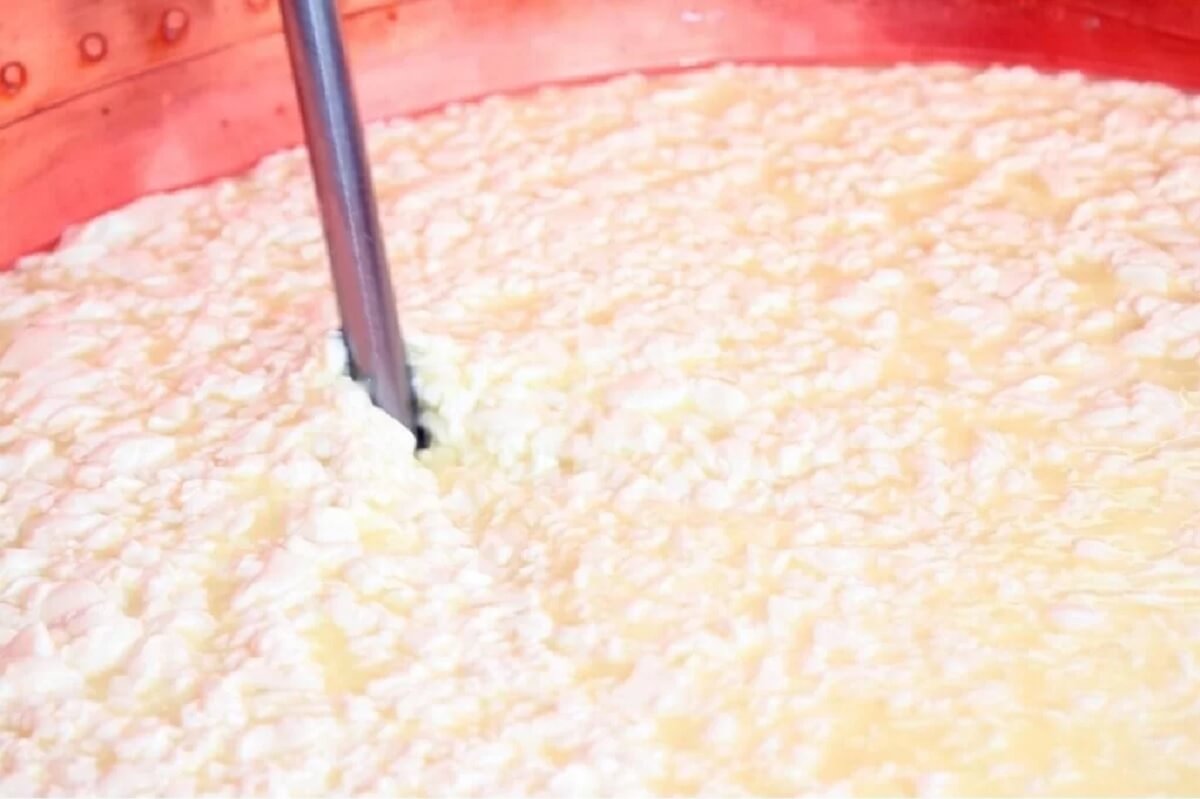What is shubat?
Shubat, also known as camel milk, is a traditional Central Asian beverage, particularly popular in Kazakhstan and Turkmenistan. This fermented drink holds a special place in the culture and daily life of the people in these regions. It’s not just a drink; it’s a symbol of hospitality, health, and tradition.
Interesting Facts about Shubat
- Fermentation Process: Shubat is made by fermenting fresh camel milk. The process involves adding a starter culture, usually a bit of already fermented milk, to fresh milk and allowing it to ferment for a few hours. This gives Shubat its unique tangy taste.
- Health Benefits: Shubat is rich in vitamins and minerals, especially vitamin C and B vitamins. It’s known for its probiotic properties, which promote gut health. Camel milk is also lower in fat than cow’s milk and easier to digest, making Shubat a healthier alternative for many.
- Cultural Significance: In Kazakhstan, offering Shubat to guests is a sign of respect and hospitality. It is often served during festivals, weddings, and other significant events.
- Longevity: Nomadic herders believe that Shubat can help extend life due to its nutritious properties. They often attribute their own robust health and longevity to regular consumption of this drink.
History of Shubat
The history of Shubat dates back centuries. It has been a staple in the diet of nomadic tribes in Central Asia for generations. The domestication of camels in this region was a game-changer, providing not just transportation but also a steady supply of milk.
Nomads valued camels for their resilience in harsh climates, and camel milk became an essential part of their diet. The fermentation of camel milk into Shubat allowed it to be preserved for longer periods, which was crucial for the nomadic lifestyle where refrigeration wasn’t an option.
Over time, Shubat became more than just a necessity; it became a cherished part of cultural heritage. Recipes and fermentation techniques were passed down through families, preserving this ancient tradition.
Ingredients of Shubat
The ingredients for Shubat are simple but crucial for its unique flavor and nutritional value:
- Fresh Camel Milk: The primary ingredient, fresh camel milk, is rich in nutrients and has a slightly sweet taste.
- Starter Culture: This is typically a bit of previously fermented Shubat or a specific bacterial culture that helps in the fermentation process.
Instructions to Make Shubat
Making Shubat at home can be a rewarding experience. Here’s a simple guide:
- Collect Fresh Camel Milk: Start with fresh camel milk. If you can’t find camel milk, some specialty stores might carry it, or you can sometimes order it online.
- Add Starter Culture: Add a small amount of already fermented Shubat or a starter culture to the fresh milk. This initiates the fermentation process.
- Fermentation: Pour the milk into a clean container and cover it with a cloth to allow it to breathe. Leave it at room temperature for about 24-48 hours. The length of fermentation can vary depending on the temperature and the desired tanginess.
- Stir Occasionally: Stir the milk occasionally during the fermentation process to ensure even fermentation and prevent separation.
- Taste Test: After 24 hours, taste the Shubat. If it has the desired tangy flavor, it’s ready. If not, let it ferment a bit longer.
- Refrigerate: Once the Shubat is ready, refrigerate it to slow down the fermentation process and enjoy it cold.
Shubat is best enjoyed fresh and cold. It’s often served in traditional bowls and sipped slowly to savor its unique flavor. Some people like to add a bit of salt or sugar to taste, but it’s usually consumed as is.
Shubat’s tangy, slightly sour flavor might be an acquired taste for some, but its health benefits and cultural significance make it a drink worth trying. Whether you’re exploring Central Asian cuisine or looking for a nutritious alternative to cow’s milk, Shubat offers a taste of tradition and wellness in every sip.
















